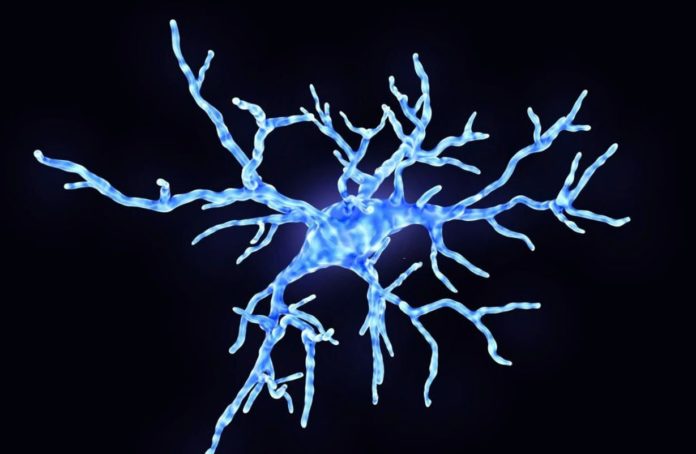From basic acts like walking and talking to feats of athletic or intellectual greatness, the brain is continually accumulating and smoothly processing information to produce these extraordinary behaviors.
For the process to work, a large group of cells must listen to each other and adjust how they work so that they work well together.
How brain cells move, communicate, and collaborate with one another to accomplish these processes is one of the most fundamental, unanswered mysteries in neuroscience.
This cellular symphony in the brain is made up of neurons as well as cells that typically aid in the body’s defense against infections. One group consists of microscopic immune cells known as microglia, about which researchers are discovering more and more that they play important roles in brain health, sickness, and function. The cells are also receiving more attention for their functions in creating and sustaining brain circuits, as well as for their capacity to adapt their molecular make-up to their surroundings. How they undergo this transition has long been a mystery to neuroscientists.
In a recent paper published in Nature, a group of scientists from the Stanley Center for Psychiatric Research at the Broad Institute of MIT and Harvard and the lab of Paola Arlotta, the Golub Family Professor of Stem Cell and Regenerative Biology, get closer to an answer to this question. The study, which was released today, demonstrates how microglia cells “listen in” to nearby neurons and adjust their molecular state accordingly.
Microglia were first thought to be merely scavengers, clearing away dead cells and assisting in the defense against diseases, according to Jeffery Stogsdill, the study’s principal investigator and a postdoctoral researcher at the Arlotta Lab. “Now we know that microglia can interact with neurons in very sophisticated ways that can affect neuron function.”
This finding may one day pave the way for research avenues that may precisely address interactions between microglia and their neuronal counterparts (disorders like autism and schizophrenia arise when these communications between cells go awry).
“You would no longer have to treat, for instance, microglia as one blanket cell type when trying to affect the brain,” says Stogsdill. “We can target very specific states, or we can target very specific subtypes of neurons with the ability to change specific states of microglia. It allows us to have high-level granularity.”
The research offers novel understanding of how various cell types coexist peacefully.
What we are learning here, according to lead author Arlotta, an institute member at the Broad, “are the rules by which different cell types in the brain talk to each other and influence each other to ultimately be able to do more together.”
In their publication, the researchers explain how neurons teach microglia to cooperate with them when they first encounter one another early in the brain’s development. During the maturation of the cerebral cortex — the portion of the brain responsible for skilled motor function, sensory perception, and cognition — the team discovered that different types of neurons influence the number and molecular state of surrounding microglia in distinct ways.
“These different types of cortical neurons recruit different numbers of microglia,” Stogsdill said. “They then pattern those microglia to tell them exactly what type they need to be.”
The cerebral cortex is divided into layers, each of which contains a unique type of neuron. When the microglia in the various layers were examined using genetic profiling techniques, the researchers found that the number and molecular state of the microglia differed based on the layer in which they were found. The scientists then altered the sorts of neurons present in these layers and discovered that this might affect how the various microglial states were distributed. It was established that the microglia were being influenced by the neurons since they matched the sorts of neurons in the new sites.
The study team then created a molecular atlas that depicts how neurons and microglia communicate. To identify pairings of interacting proteins expressed by the various microglial states and their neuron partners, the team examined their profile data. Future studies into the functional significance of these interactions and potential targets for therapeutic intervention could be made possible by such a molecular atlas. They intend to begin by detailing the specific variations and functional distinctions among the microglia in the various levels.
“We know that microglia can affect the function of the neural circuit, and now we know that neurons can recruit specific types of microglia to their neighborhood,” Arlotta adds. “It’s a fascinating idea that neurons can reshape their environment to help fine-tune their own circuit function.”
Image Credit: Getty
You were reading: New Study Shows How Common Immune Cells Affect Neuron Function
